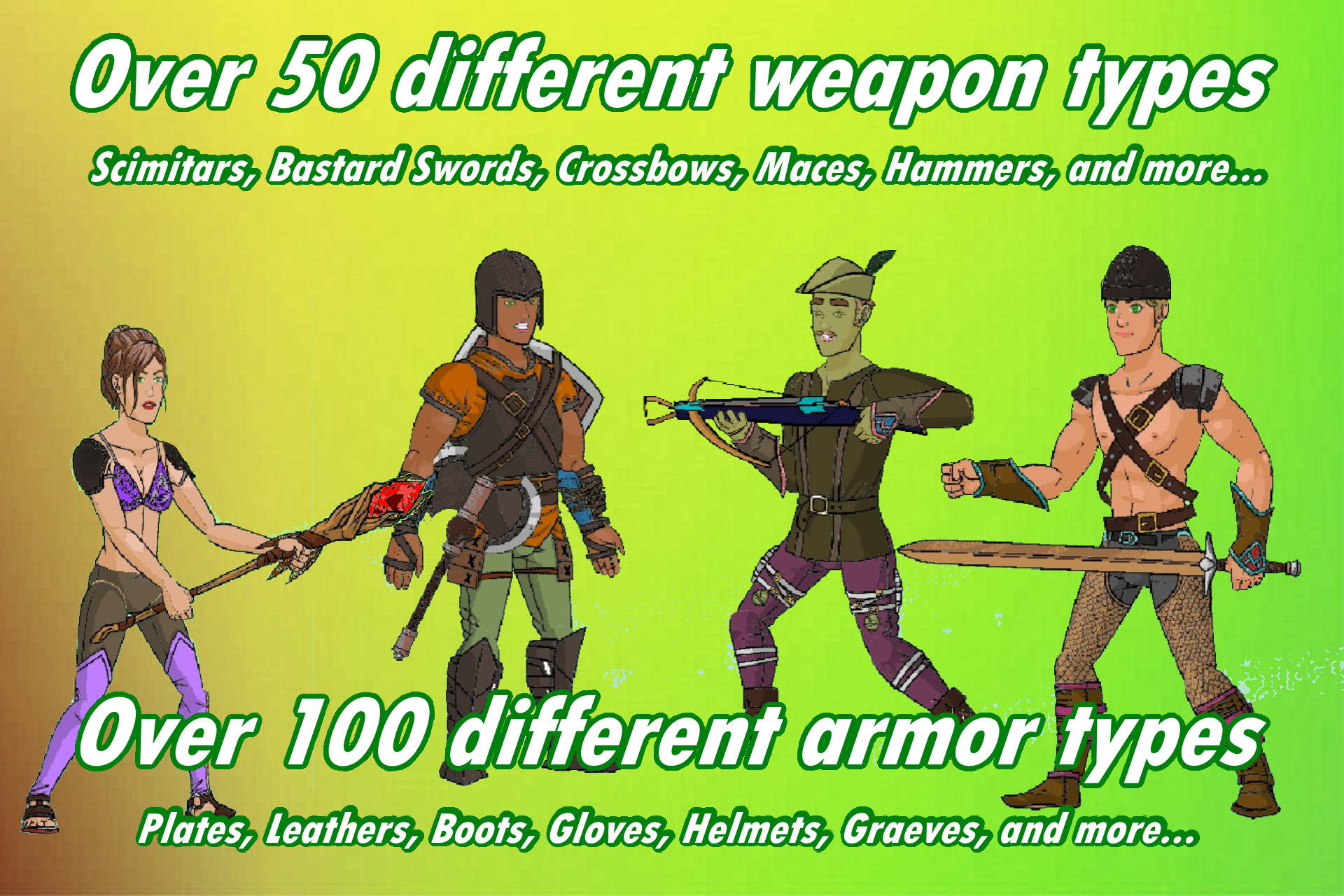
For example, the survival game No Man’s Sky released this August has gained a lot of attention for the over 18 quintillion unique planets that a player can explore. The dungeon mechanism, writ large.Īnother difference with more recent games is that players can sometimes carry over advancement and earnings from earlier runs, writes video game journalist Dan Griliopoulos.

The game style has evolved into elaborate, and seemingly never-ending landscapes and universes. Some passionate fans of the “crawl community” have even created a video game genre for the gameplay, called Procedural Death Labyrinth. Elements of infinite dungeons can be found incorporated into a level or they can be the entire premise of video game. “The current vogue is to inject randomized survival elements into a lot of different games, so the genre has cross-pollinated,” Heartscape says.įiguring out which games fall under the roguelike category is messy. Players called games of the same ilk “roguelikes,” but now use a variety of terms, explains Porpentine Charity Heartscape, a writer and game designer who is currently collaborating with Burr on a multi-part adventure game called Aria End-the larger project Pattern Language falls under. This is called procedural generation, a feature where the game algorithmically makes each playthrough a unique experience.īy adding tension with permadeath and procedurally generated layouts, Rogue brought forth a new representation of death and life, changing the state of infinite dungeon games. However, if your character does die, the character dies for good-forcing the player to become an entirely new character and creating a sense of permanence to death, or permadeath. When the character enters the dungeon again, the layout of the space and objects that populate it are completely different. Rogue is like most dungeon games: venture through the labyrinth, find the Amulet of Yendor, and try not to be killed by monsters.

The most famous game of this style was the 1980 dungeon crawling video game Rogue: Exploring the Dungeons of Doom. So all infinite dungeons take place in dungeon-crawling games, but dungeon-crawling games can contain more than infinite dungeons.) (It’s complicated because the infinite dungeon experience can be the whole game, or it can be just an aspect of it. The goal primary is to find loot or face a boss at the end of the dungeon, and avoid getting killed on the journey. Infinite dungeons have a complex heritage, but ultimately ties to dungeon crawling games. The 1980s is considered the era of dungeon crawling games, giving birth to the first infinite dungeons.Īt the core of dungeon crawling role-playing games, you navigate a character through the digital space (a cave, a castle, a tomb or even outer space) with a set labyrinth environment and explore. You are given a toolbox, where each day the contents of the toolbox are different and must use what you have to escape the room. So what is an infinite dungeon? Being stuck in an infinite dungeon is like being locked in a room. “These are games that are built upon the algorithmic beauty of nature and simulate this idea of chaos or entering this world that is in itself alive,” says Burr. Now, Burr uses the concept of infinite dungeons to create pieces of artwork such as the 4-channeled immersive exhibition called Pattern Language, which he debuted this September at 3-Legged Dog Art & Technology Center in New York. Players continue to enter the new randomly generated space, and die ceaselessly.

There is no end, and sometimes there is no goal other than to stay alive. In effect, Burr created an artificial infinite dungeon-a lair where your character falls into an endless cycle of death. Instead of trying to win the game, he found himself just getting more lost in the labyrinth. “It seemed like it was just part of the system-that when you actually get into this space you build this nightmare where you get trapped. “I would always end up blasting holes and dropping down really deep into the dungeon with no way back out,” Burr says. Instead of seeking the jade idol and escaping from the tomb, Burr found himself engrossed in dwelling deeper and deeper into the virtual abyss. He sat in the glow of the pixelated green and black screen of his Apple IIe, exploring the dark dangerous tunnels of an ancient tomb in the 1982 adventure computer game Aztec. Peter Burr spent hours trapped in a dungeon.


 0 kommentar(er)
0 kommentar(er)
